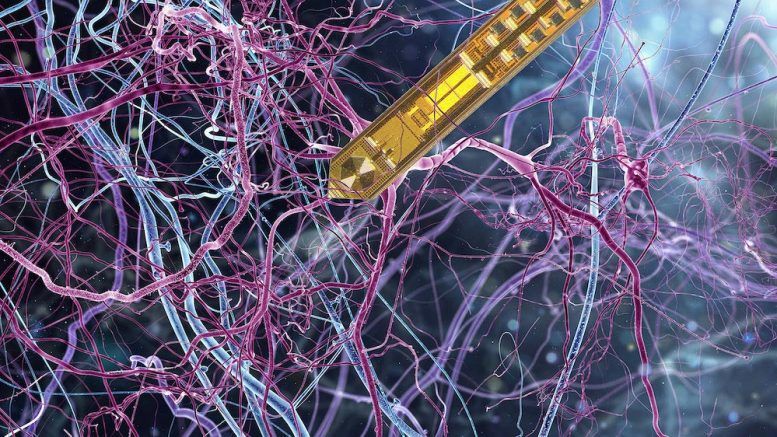San Francisco and Chicago have also seen their rates of new H.I.V. infections falling.
But while robust municipal health campaigns are creating downward H.I.V. trends in some of America’s largest cities, in much of rural America, an opposite trend is emerging. There have of course always been cases of H.I.V. in sparsely populated parts of the country, but in these places far from cities, the conditions that lead to H.I.V. transmission are now intensifying — and rural America is not ready for the coming crisis.
Indeed, in Appalachian West Virginia, the crisis has already arrived. A cluster of 80 new H.I.V. infections has been diagnosed since early last year in Cabell County.






